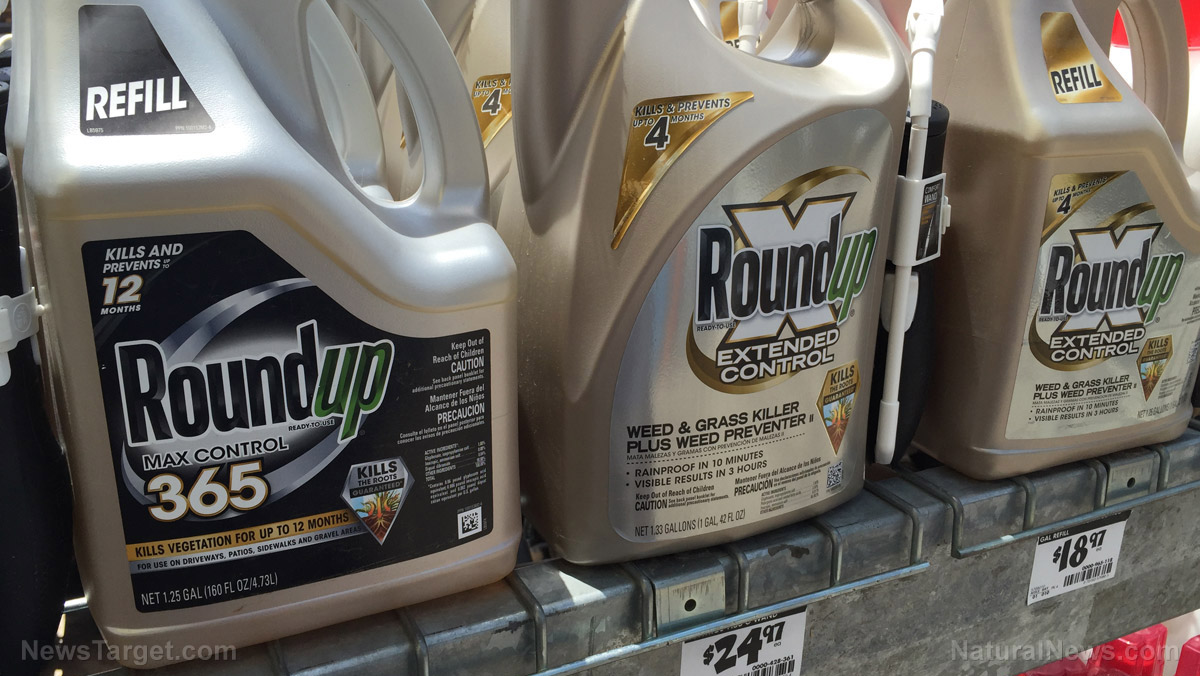EPA denies petition to regulate pesticide-coated seeds that harm pollinators
10/07/2022 / By Belle Carter

The Environmental Protection Agency (EPA) has denied a legal petition by the Center for Food Safety (CFS), Pesticide Action Network of North America and other groups that demanded the agency to monitor and regulate pesticide-coated seeds, which were widely harming bees, beneficial insects and other pollinators.
These crop seeds are coated with systemic insecticides known as neonicotinoids, the most widely used insecticides that have devastating environmental effects.
EPA’s response was pursuant to the court-set deadline. “EPA does not, at this time, agree with the petition that there is a violation necessitating aggressive enforcement,” the letter which was digitally signed by Edward Messina, director of EPA’s Office of Pesticide Programs.
“We gave EPA a golden chance and a blueprint to fix a problem that has caused significant harm to people, bees, birds, and the environment and it stubbornly refused,” said Amy van Saun, senior attorney with the CFS. “It is extremely disappointing and we’ll be exploring all possible next steps to protect communities and the environment from the hazard of pesticide-coated seeds, including a lawsuit challenging this decision.”
CFS filed the petition in 2017, but was forced to take the agency to court when EPA failed to respond as of late 2021.
The federal agency said it would “continue to review labeling instructions for pesticides registered for seed treatment” to ensure those instructions are “complete” for the seeds ultimately coated with these biocides.
Environment advocates are not convinced. CFS, through its pollinators and pesticides program, has long advocated for thorough, science-based safety testing and proper regulation of new pesticide product uses prior to any marketing and cultivation of crops, in a manner that minimizes lethal and sublethal effects on non-target species.
Neonicotinoid-laced seeds are harmful to the environment
Crops grown from pesticide-coated seeds, such as corn, soybean and sunflower seeds, cover over 150 million acres of the country’s farmlands every year.
However, the systemic insecticide that covers the crop seeds known as neonicotinoids has been observed to have a devastating impact.
Neonicotinoids are taken up into the plant’s circulatory system, permeating leaf, pollen, nectar and other plant tissues. They also affect the central nervous system of insects, causing paralysis and death. (Related: Study warns US farmland is now 48 TIMES more TOXIC to insects: Are neonicotinoids to blame for the impending “insect apocalypse?”)
According to the Defender, more than 80 percent of the pesticide-coated seeds contaminate the air, soil and waterways of surrounding environments. “Most notably, clouds of neonicotinoid-laced dust released during planting operations have caused mass die-offs of honeybees and wild native bees,” reported the Children’s Health Defense news site.
On June 16, EPA released its final biological evaluations for clothianidin, thiamethoxam and imidacloprid – the three major neonic active ingredients. The agency found that each neonic is likely to adversely affect between two-thirds to over three-fourths of the country’s endangered species (1,225 to 1,445 species in all).
Neurotoxins coating crop seeds can cause bee die-offs, eye and throat irritations and nosebleeds as reported by the residents of Mead, Nebraska. They were exposed to seed coated with fungicides and insecticides, including neonicotinoids.
Visit Chemicals.news for more stories related to toxic chemicals that can harm the environment and people’s health.
Watch this video that talks about how neonicotinoid pesticides caused a huge toxicity surge in U.S. agriculture.
This video is from the Lumiere channel on Brighteon.com.
More related stories:
Lowe’s stops selling bee-killing pesticide following EPA moratorium on neonicotinoids.
Researchers build a robotic platform to observe the effects of neonicotinoids on bee behavior.
Unanimous vote: Portland bans neonicotinoids to protect bees from deadly pesticide.
Bee-killing neonicotinoids found in 63% of streams across America.
Sources include:
Submit a correction >>
Tagged Under:
This article may contain statements that reflect the opinion of the author
RECENT NEWS & ARTICLES
COPYRIGHT © 2017 PESTICIDES NEWS




















